Once everyone faces the choice of replacing plumbing. And if everything is more or less clear with bathtubs, then there are still many questions about toilets. First of all, consumers are interested in which toilet bowl will last longer - faience or porcelain. The toilet bowls made of these two materials differ not only in price, but also in their characteristics, although in appearance they are very similar. To understand the intricacies of choice, the advantages and disadvantages of each of them will help this article.
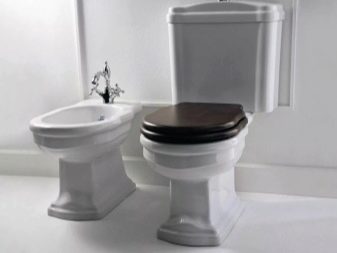
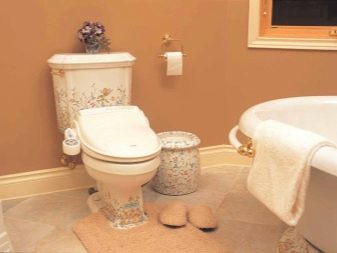
Porcelain features
Porcelain is a unique material that is made from white clay. More than 50% of its composition is kaolin, and the rest is quartz and spar. And in order for porcelain to reach its optimum characteristics, it is fired at a temperature of about 1400 degrees Celsius in special furnaces. It is due to the carefully selected raw materials, their grinding and sifting, as well as the heat treatment process, the porcelain product has such a high strength.
Porcelain has a low coefficient of water absorption, which is 0.05%, which is a clear advantage over faience. In addition, the undoubted advantages of this material include the following parameters:
- high strength to mechanical stress, such as shock;
- very dense texture, lack of pores, which complicate the cleaning of the product;
- low risk of odor from the toilet;
- easy care;
- resistance to chemically aggressive substances.
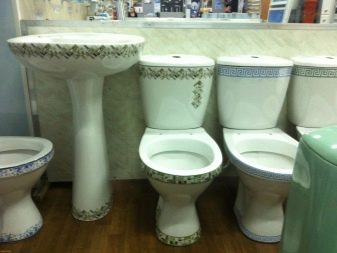
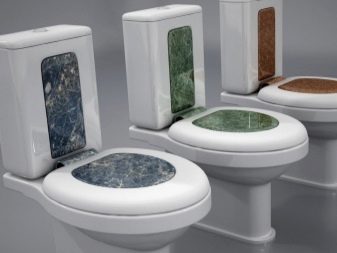
However, porcelain has some disadvantages, among them:
- high quality made porcelain sanitary ware expensive;
- sanitary ware in appearance is sometimes quite difficult to distinguish from sanitary ware, which is sometimes used by unscrupulous sellers, selling faience at a higher price.
Thus, the only minus of porcelain is its high cost, but it pays off. The service life of porcelain toilets reaches 30 years. That is, you can put such a device in the restroom and not worry about replacing it for a very long time.
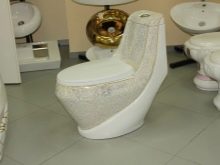
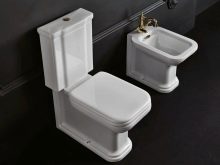
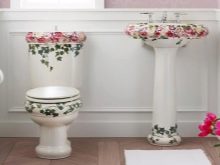
Pros and Cons of Faience
Earthenware products consist of 80% clay. The remaining mass consists of silicates and quartz, as well as a small amount of kaolin. The temperature of firing of earthenware products is in the lowest range - from 1050 to 1300 degrees. The composition, low density and low firing temperature makes sanitary ware the most fragile of all ceramic materials. In addition, the material has a very porous structure and a high coefficient of water absorption (from 0.5 to 12%).
To increase the consumer characteristics of the product, sanitary ware is coated with special glaze. It repels water and pollution, preventing them from being absorbed into the pores and leading first to the loss of the attractive appearance of the material, and then to its destruction.
Thanks to glazing technology and additional processing methods, the service life of earthenware toilets is significantly increased, and products take a more attractive appearance.
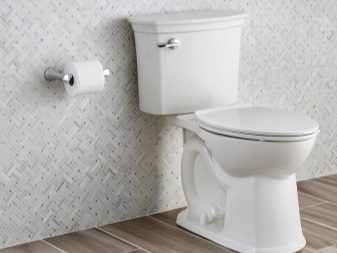
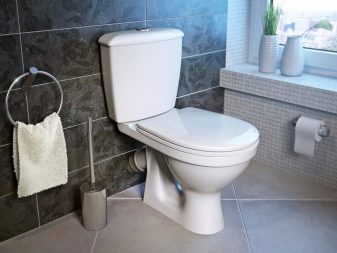
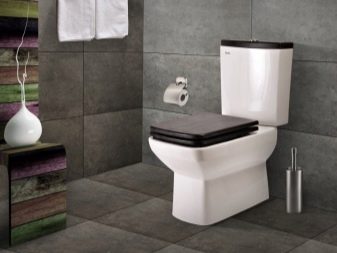
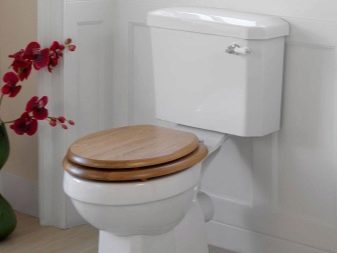
The advantages of earthenware plumbing include the following points:
- low weight of products due to thin walls;
- small sizes;
- durability;
- resistance to chemically aggressive substances;
- low cost.
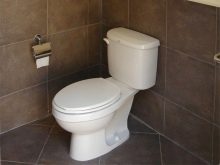
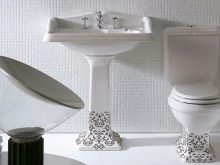
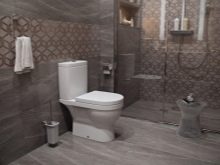
The disadvantages include:
- the final quality of the product is very dependent on production technology and can be both excellent and unsatisfactory;
- faience products of well-known foreign brands can be compared with porcelain toilets in value.
Sanitary ware will be an excellent choice if the budget for plumbing is limited. The main thing when choosing is to consider models from well-known manufacturers, who value their customers and reputation.

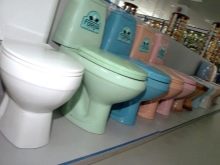

Criterias of choice
When choosing a toilet from sanitary ware or porcelain, there are general recommendations that can be followed.
- The release of the plumbing device should be suitable for the type of sewer pipes installed in the apartment. So, a vertical outlet (to the floor) cannot be attached to the drain outlet built into the wall. A completely different sewer solution is provided for such an issue. Better to find the right plumbing.

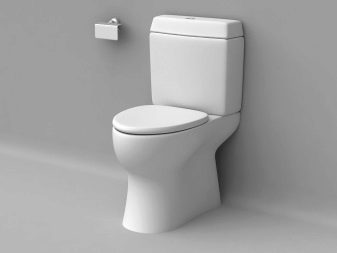
- The shape and dimensions of the toilet should not only fit perfectly into the room, but also correspond to individual features and customer needs. So, for a large person with a large weight, a small toilet can deliver only inconvenience.
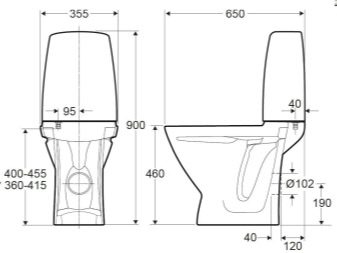
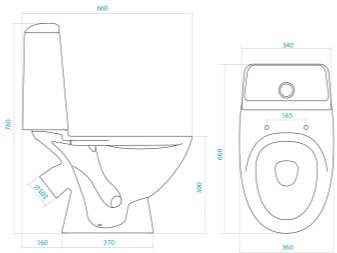
- Availability of self-assembly. If you plan to install an earthenware or porcelain toilet on your own, it is better to study this issue in advance and not to purchase a product with complex systems. If the installation is carried out by an experienced plumber, then you can purchase any model you like and suitable.
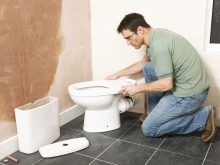
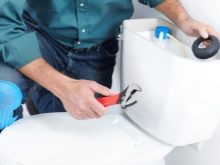
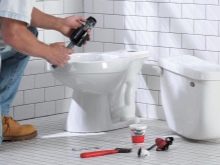
- The toilet in shape, color and size should not stand out and go against the general concept of the toilet. This is especially true for combined bathrooms, where a combination of all the plumbing is necessary.
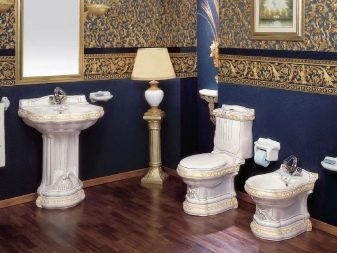
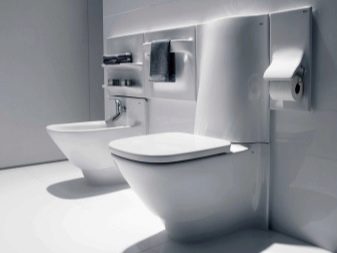
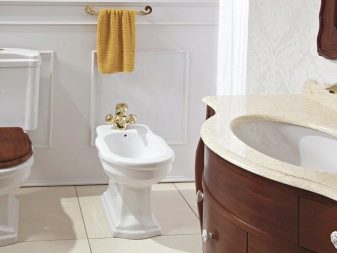

- You can buy a toilet both in a retail specialized store and on the Internet. Moreover, the latter option is gaining popularity more and more, since it is possible to save time, effort and often money. It is not so important in which store the purchase will be made, the main thing is to study the certificates and all information about the product and the manufacturer. It will not be superfluous to ask what guarantee is given for the selected toilet.
It is impossible to say unequivocally that it is better - porcelain or earthenware toilets. Each buyer will have their own needs and opportunities.
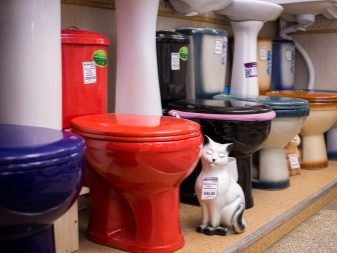
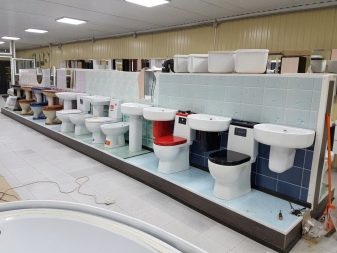
How to care for materials?
In order for the acquired faience or porcelain toilet bowl to last as long as possible while maintaining its attractive appearance, it should be properly and timely taken care of. There are several types of industrial toilet cleaners.
- Hanging blocks. The composition of such products is a specialized gel that is portioned on the walls of the toilet bowl with every flush of water. Blocks do an excellent job at preventing limescale and urinary stone, aromatize and disinfect the toilet bowl inside. However, only they cannot maintain adequate toilet hygiene.
- Gels. They contain very aggressive substances - acids, alkalis or chlorine. Perfectly clean the surface of plaque and kill microorganisms. So, oxalic acid is suitable for daily hygiene, and also allows you to remove limescale. It is enough to apply the product on the walls of the toilet bowl, leave it for 5-15 minutes, and then clean it with a brush. Gels with phosphoric acid fight rust very well, and with chlorine they bleach and disinfect space.
- Powders. They contain surface active substances, complexing agents, abrasive and special antibacterial additives. Powder products are not recommended for porcelain, as they can lead to scratches on the surface of the product.

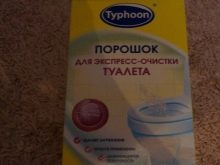
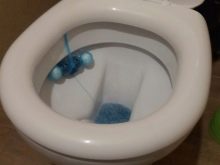
You can also clean the toilet folk remedies that are in every home.
Great for daily hygiene baking soda and ordinary table vinegar. The gruel of these funds is applied to the toilet with a brush and clean the surface.
Get rid of urinary stone lemon acid. A few sachets of the product are poured into the bowl and left for 2-3 hours, and then gently cleaned with a brush.
Do not try to remove limescale with a hard brush or razor. This will only damage the surface of the toilet. With the inefficiency of folk remedies, industrial ones can be purchased.
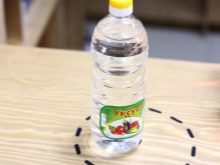
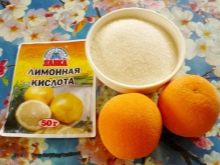
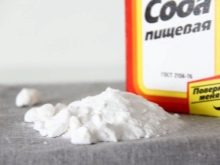
Not a single apartment or private house can do without a bathroom, in which the toilet is the main attribute. The main thing is to choose a successful model, evaluate the quality before buying, and also properly care for the “white friend”. And then he will delight with his pristine appearance for many more years.
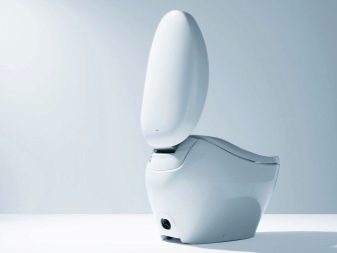
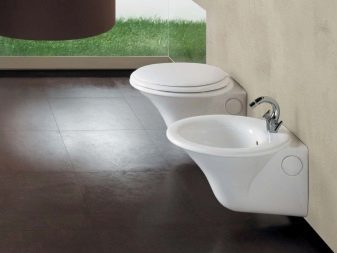
About what is the difference between faience and porcelain, see further.










